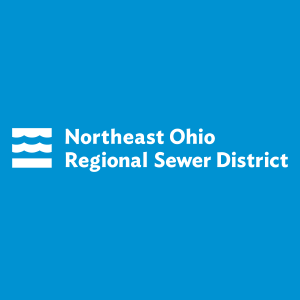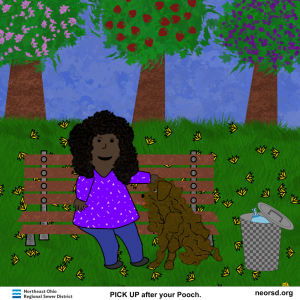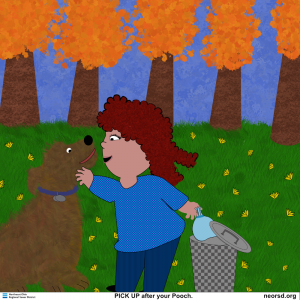Introduction
The modern educational system for K-12 grades is set up with outdated policies and procedures. In some school districts, students fall behind because teachers are unaware of students who do not understand basic reading, writing, and math. Students who are able to achieve and succeed are rewarded, while other students are ignored. This is not the way it should be. All students deserve a quality education.
Why Teachers Fail?
New teachers fail because administrators or fellow teachers do not support them. They are not given the go-ahead to speak up regarding the direction they see students going and are not heard on how to fix the lives of children who are going astray in this world. Students face so many problems in today’s society, and teachers who have been through the valley in life can teach students how to deal with their problems in a healthy way and not be ashamed to seek help.
What is Education’s Purpose Today?
The main purpose of education is to pass on knowledge to the next generation, equipping children with the knowledge they need to thrive in an ever-changing society. When high school students graduate, many do not have the skills they need to take care of themselves as young adults. Adhikari states, “The psychological process of adjustment is how people deal with or manage the demands and difficulties of daily life. It implies conformity and is concerned with how a person adjusts to his or her surroundings and daily demands… According to a survey, there are notable gender inequalities among secondary school pupils, but no distinctions were discovered in terms of where they live… Academicians, policymakers, families, and all other interested parties must create methods to support better-coping mechanisms among secondary school kids as a matter of priority.” (Adhikari, 2023, 97-98) Many students who lack basic reading, writing, and math skills are forced into lifestyles they do not want for themselves because teachers, administrators, and parents did not take the time to educate them.
What is Student-Centered Learning?
A comprehensive reform of the public school system is required, especially in rural and urban areas. Many students are not exposed to the arts, STEM, or technologies because their school districts are not allocated the funds to bring them into the schools. Student-centered learning consists of all students being accounted for in how they can learn. For example, students learn in the following ways based on: auditory, visual, aural (musical), interpersonal, solitary or independent, reading aloud, and linguistics (learning with words). (Google search, 2023)

What is Teacher-Centered Teaching?
Teachers should meet students where they are academically. Teachers should break down each lesson so all students understand. The lessons should be explained in simple terms. All students need to be able to ask questions. Teachers should do research and be lifelong learners. If a student asks a question and the teacher does not know, he or she should find the answer and get back to the student. Teachers should be honest with students if it is something they do not know. This gives a realistic view that teachers and students are in the classroom to learn from each other. The teacher learns how to be a better educator, and the student learns to be a better student. It is about being accountable and responsible for what you know and what you understand.
How to Get Supportive Administrators?
Bukit states, “Learning methods are able to arouse student’s interest in learning and free from boredom or boredom created by the teacher are fun learning concepts.” (Bukit 2023, 246) Some administrators take education too seriously. They forget that students are children, and they have to be able to enjoy what they are doing or have fun with what they are doing in order to get something out of it. Many administrators forget what it was like to be a student. If more administrators would support teachers who think outside the box when it comes to their teaching style, I think many school districts would be more like a family that cares about all students and less robotic with just caring about grades and testing. It is about the children’s whole future, their self-esteem in their abilities, and how they feel about the world around them. If students do not feel heard, supported, or cared for, they will not come to school–let alone participate.
Conclusion
Traditional learning is outdated. Teachers should focus on all students and not show favoritism. Administrators should focus on new ideas, and students should be able to have their voices heard in meetings, too. It is their education. Students should be able to speak up and let the teachers know what bothers them about school and what they really need help with. Dada wrote, “Active-learning pedagogies are intended to move classrooms toward more self-personal learning, engaging students in knowledge construction. This context contrasts with traditional lecture, which focuses on disseminating instructor knowledge and relies on passive student listening.” (Dada, 2023, 508) Students are not robots but people trying to find out who they are in this world. Teachers, parents, and administrators should focus on each one, assisting them in every way possible.
Note: This is an opinion piece from one of our contributing writers.
References
- Adhikari, Anasuya. “Socio-educational perspectives: A study on human adjustment.” EPRA International Journal of Research and Development (IJRD) 8, no. 1 (2023): 97-101.
- Bukit, Servista, Eny Dwi Marcela, and Enwawti Ermawati. “Teachers strategy to create fun learning in elementary school.” Journal Corner of Education, Linguistics, and Literature 2, no. 3, (2023) 244-249
- Dada, Damilola, Opeyeolu Timothy Laseinde, and Lagouge Tartibu. “Student-centered learning tool for cognitive enhancement in the learning environment.” Procedia Computer Science 217 (2023). 507-512






















